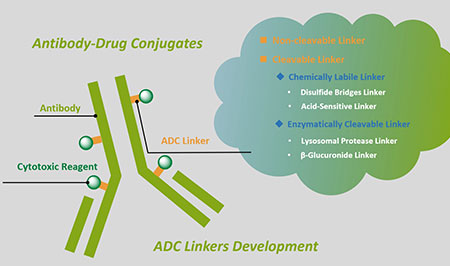1. Actinomycin D: a novel Pseudomonas aeruginosa quorum sensing inhibitor from the endophyte Streptomyces cyaneochromogenes RC1
Shi Tang, Ying-Jie Wang, Yue-Xiang Zeng, Da-Yong Wang, Jun-Sheng Liu, Ai-Qun Jia, Shi-Ming Deng World J Microbiol Biotechnol . 2022 Jul 29;38(10):170. doi: 10.1007/s11274-022-03360-y.
The infections caused by Pseudomonas aeruginosa are difficult to treat due to its multidrug resistance. A promising strategy for controlling P. aeruginosa infection is targeting the quorum sensing (QS) system. Actinomycin D isolated from the metabolite of endophyte Streptomyces cyaneochromogenes RC1 exhibited good anti-QS activity against P. aeruginosa PAO1. Actinomycin D (50, 100, and 200 μg/mL) significantly inhibited the motility as well as reduced the production of multiple virulence factors including pyocyanin, protease, rhamnolipid, and siderophores. The images of confocal laser scanning microscopy and scanning electron microscopy revealed that the treatment of actinomycin D resulted in a looser and flatter biofilm structure. Real-time quantitative PCR analysis showed that the expression of QS-related genes lasI, rhlI, rhlR, pqsR, pslA, and pilA were downregulated dramatically. The production of QS signaling molecules N-(3-oxododecanoyl)-L-homoserine lactone and N-butanoyl-L-homoserine lactone were also decreased by actinomycin D. These findings suggest that actinomycin D, a potent in vitro anti-virulence agent, is a promising candidate to treat P. aeruginosa infection by interfering with the QS systems.
2. [Modifications of actinomycin D structure as example of actinomycins structure-activity relationship]
Marcin Koba Postepy Hig Med Dosw (Online) . 2005;59:276-82.
For over 60 years, actinomycins, well-known antibacterial and anticancer antibiotics, have been the subject of the scientific research. These compounds exhibit high toxicity and therefore are not widely used in the chemotherapeutic treatment of antibacterial and antifungal diseases. However, actinomycin D, the best-known compound from the actinomycin group, has been introduced into clinical practice as an anticancer drug. Actinomycin D, together with 7-amino-actinomycin D, also became a useful tool in biochemistry and molecular biology. The isolation, production, chemistry, and biological and clinical use of the actinomycins have been thoroughly investigated. Many derivatives of actinomycins, differing in chemical structure as well as biological activity, have been isolated and synthesized and their modifications involved not only the chromphoric phenoxazone ring, but also two cyclic pentapeptide lacton rings. Modifications of the actinomycins' chromophore mainly concerned introducing an amino group in position 2 and a carbon atom in position 7, but also modifications in positions 4, 6, and 8 of the phenoxazone ring. The actinomycin peptide moiety was mainly modified by replacement of amino acids in the pentapeptide rings and also by the synthesis of actinomycin derivatives with open peptide lacton rings. These modifications enabled separating the elements in the actinomycin structure which are responsible for the biological activity of these compounds. That was key information for recognizing the performance of these compounds, and an important way of planning effective new chemotherapeutics.
3. Antifungal effects of actinomycin D on Verticillium dahliae via a membrane-splitting mechanism
Chuan-Xing Wan, Hong Zeng, Pei-Xian Feng Nat Prod Res . 2019 Jun;33(12):1751-1755. doi: 10.1080/14786419.2018.1431630.
Antifungal bioassays led to the isolation of actinomycins D and A1fromStreptomyces luteusTRM45540 collected from Norpo in Xinjiang, and these compounds were identified by nuclear magnetic resonance spectroscopy. The antifungal activity of actinomycin D was higher than that of actinomycin A1. Actinomycin D clearly inhibited the spore germination, hyphal growth and biomass accumulation ofVerticillium dahliaein a dose-dependent manner. Flow cytometric analysis with propidium iodide, total ergosterol measurement, cell leakage and scanning electron microscopy experiments demonstrated that the plasma membrane of this fungus was damaged by actinomycin D, resulting in swollen cells and cellular content leakage. Transmission electron microscopy revealed that parts of the plasma membrane infolded after being treated with actinomycin D. The antifungal activity of actinomycin D damaged the fungal plasma membrane ofV. dahliaevia a membrane-splitting mechanism, which provided new insights into the functional mechanism of actinomycin D.







